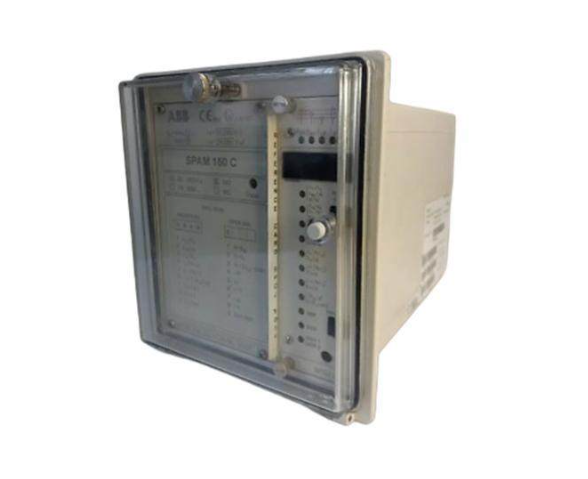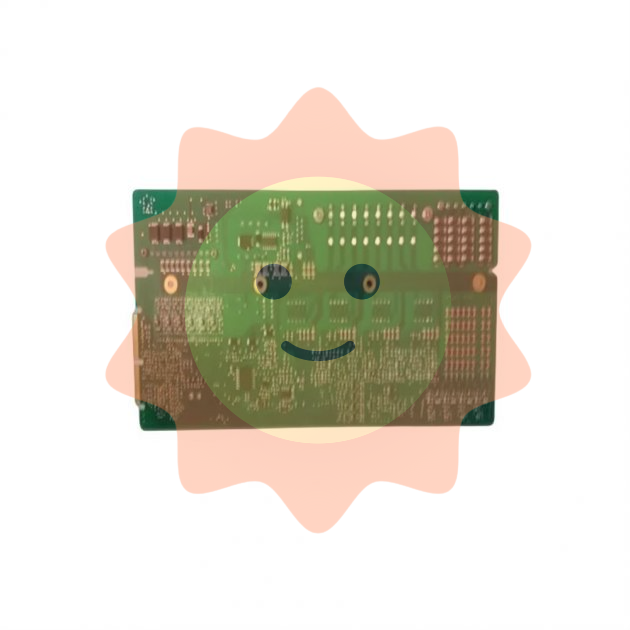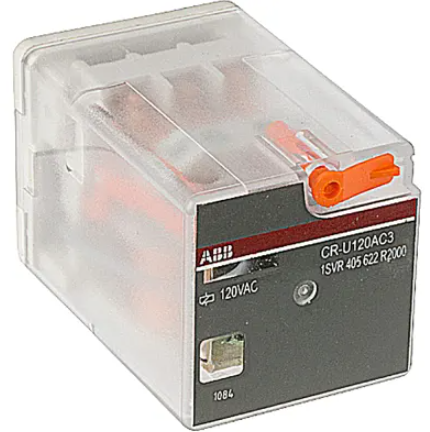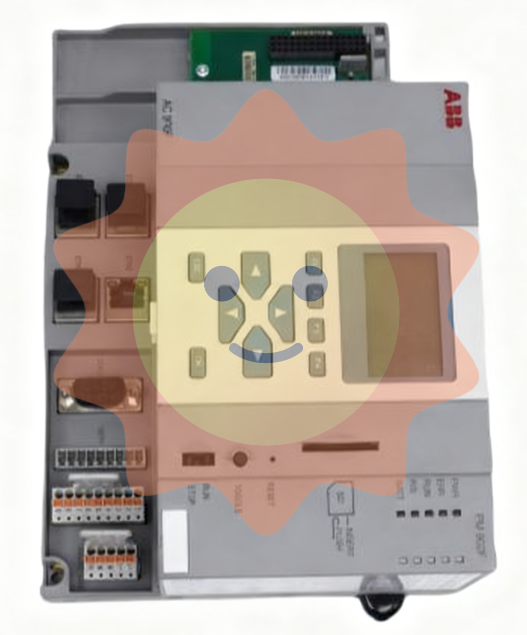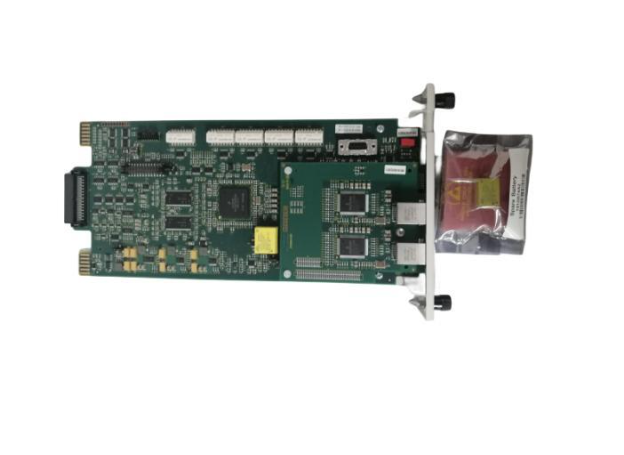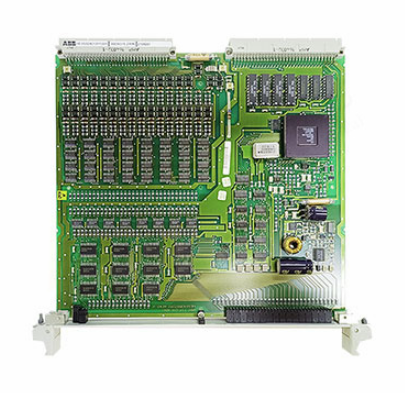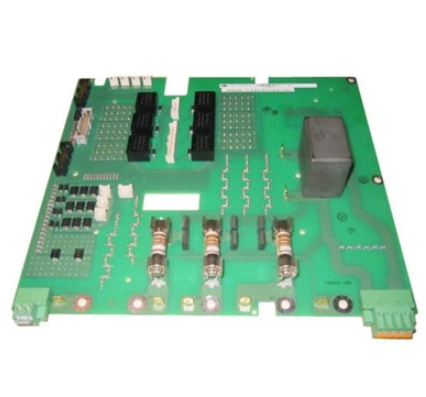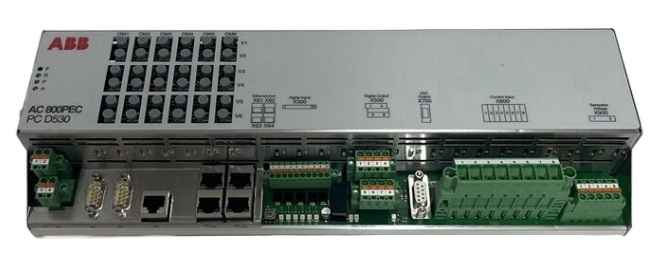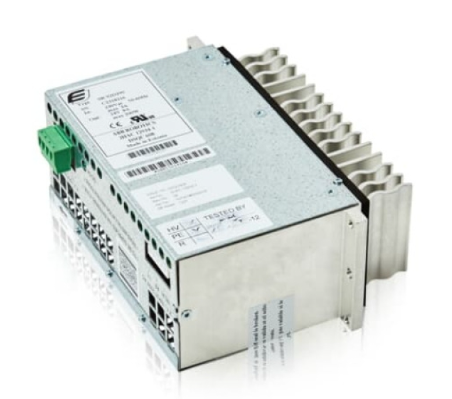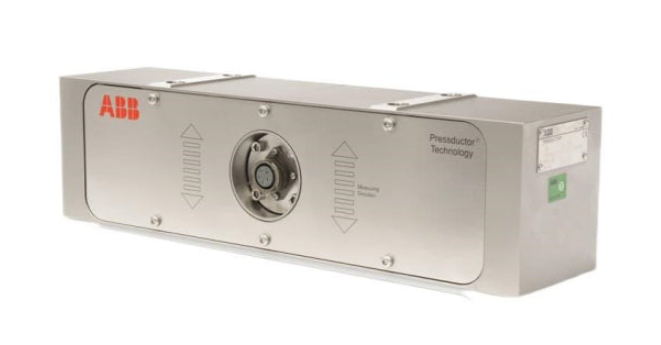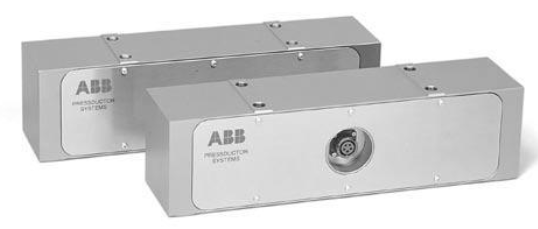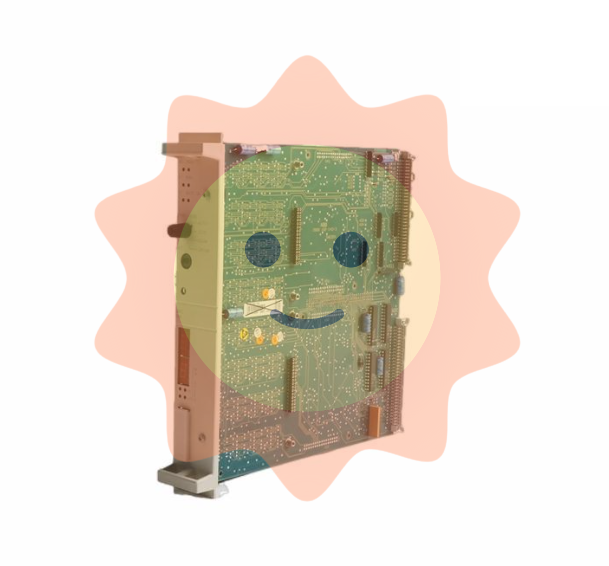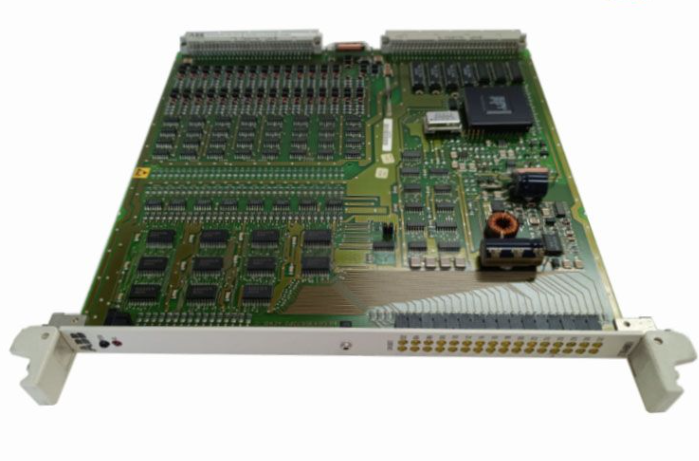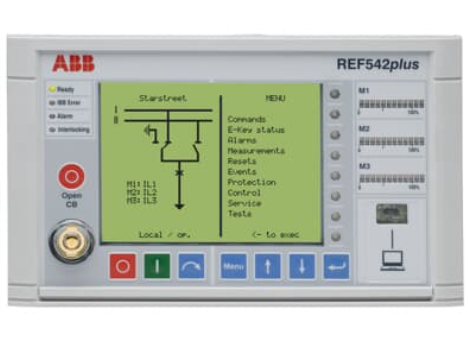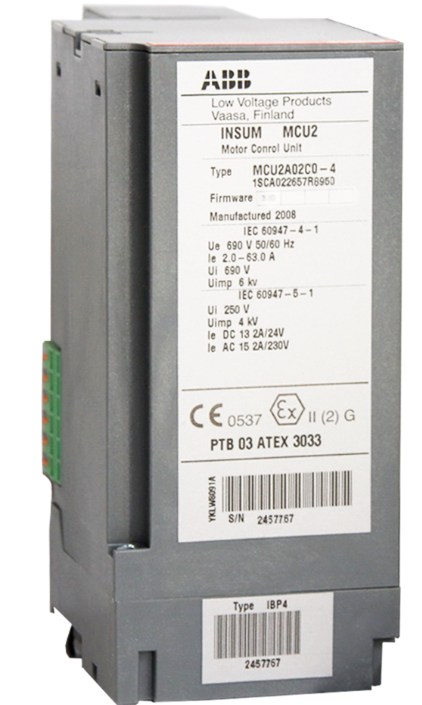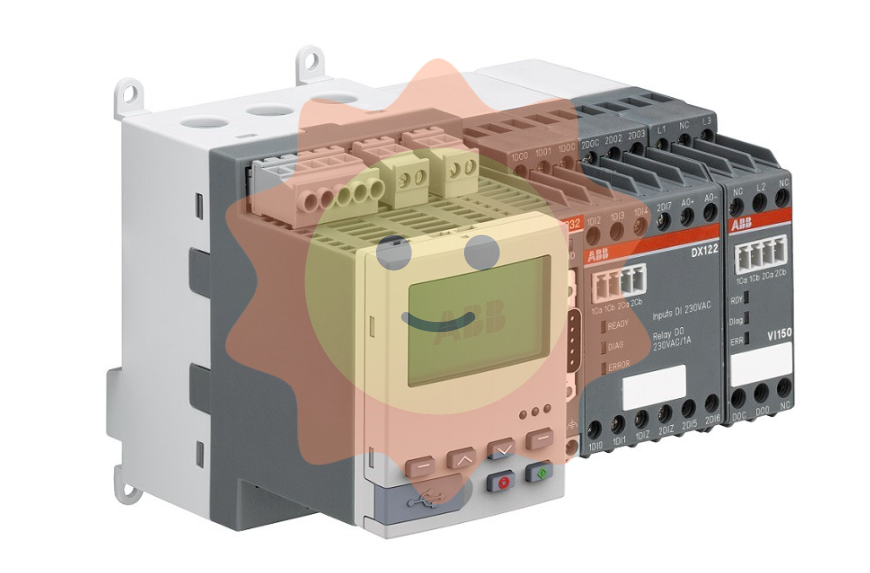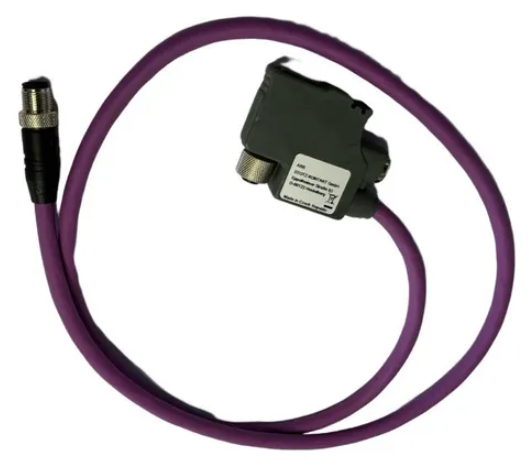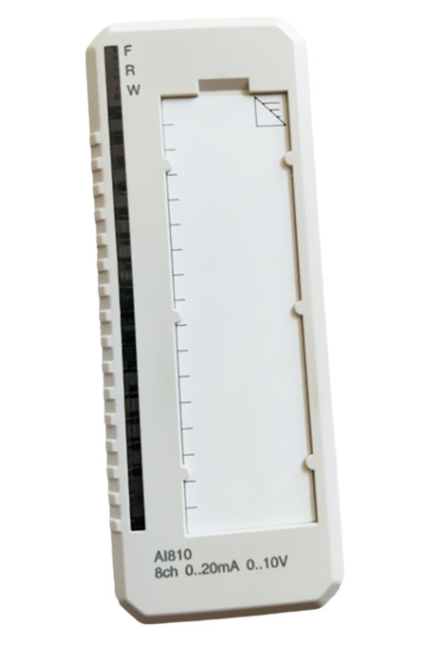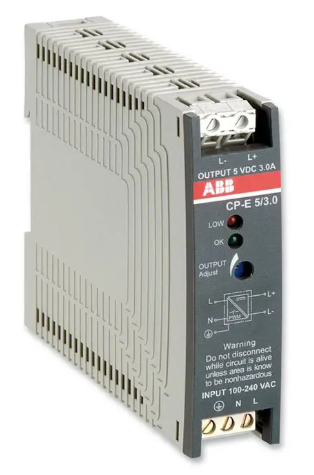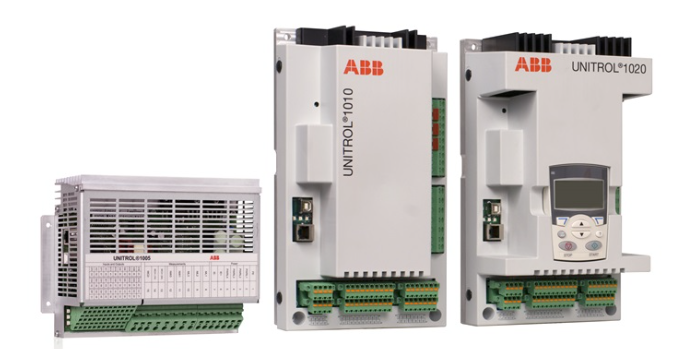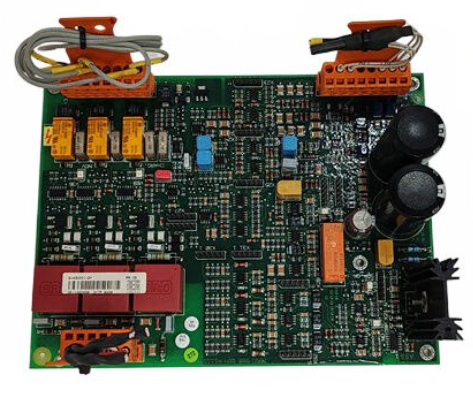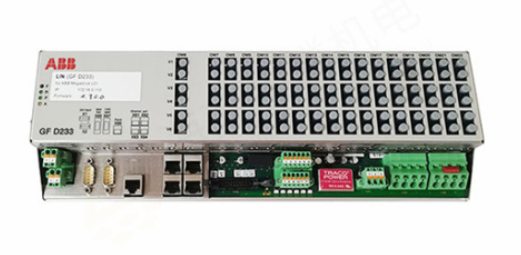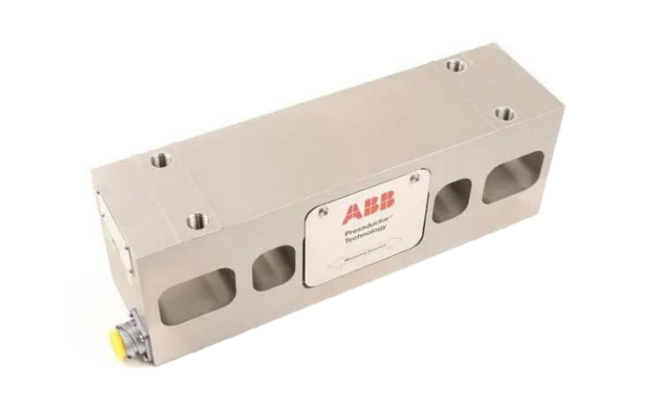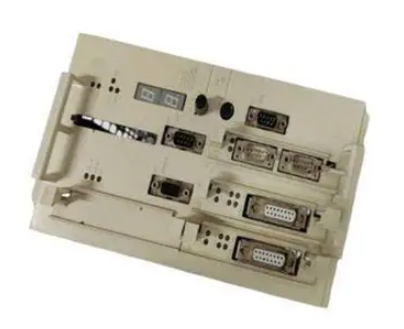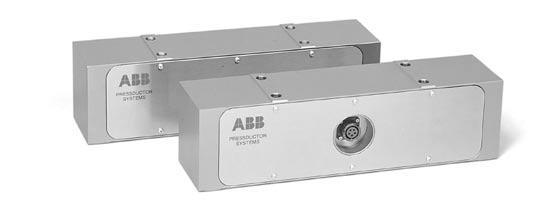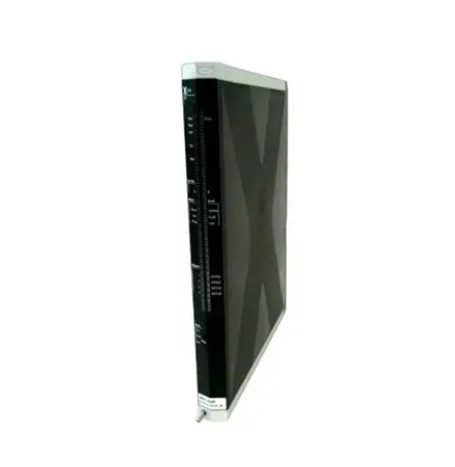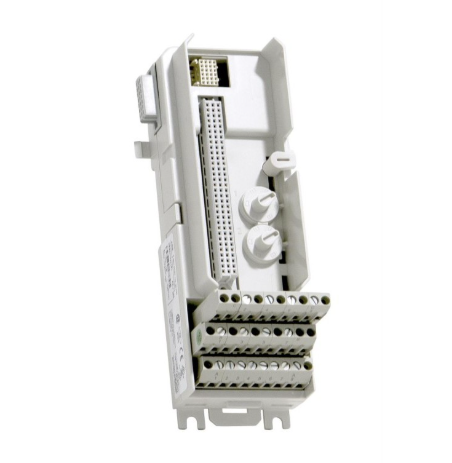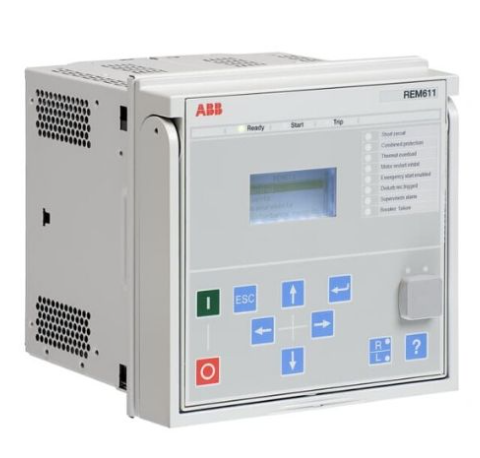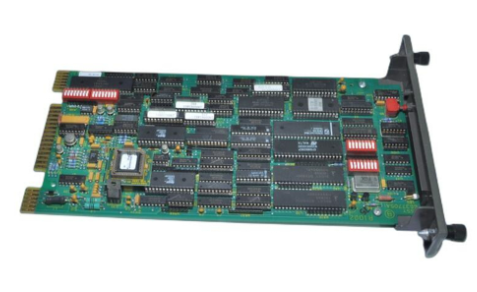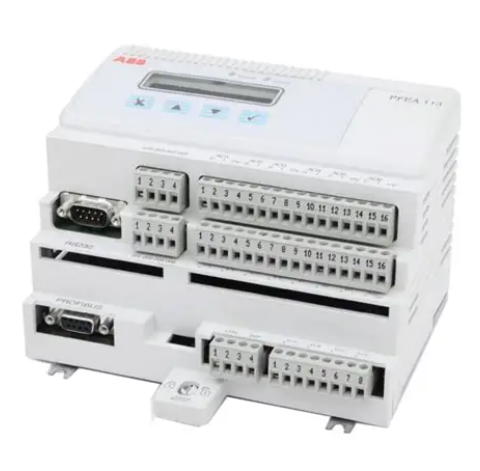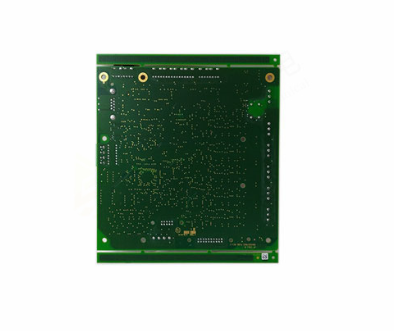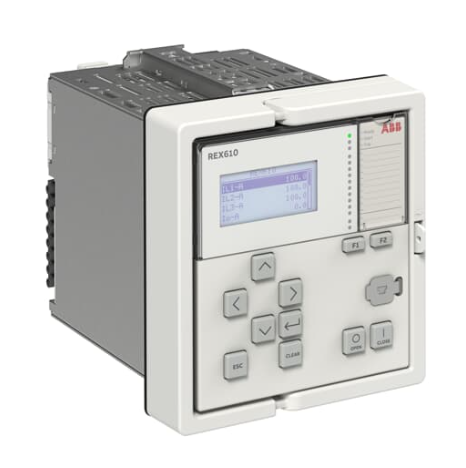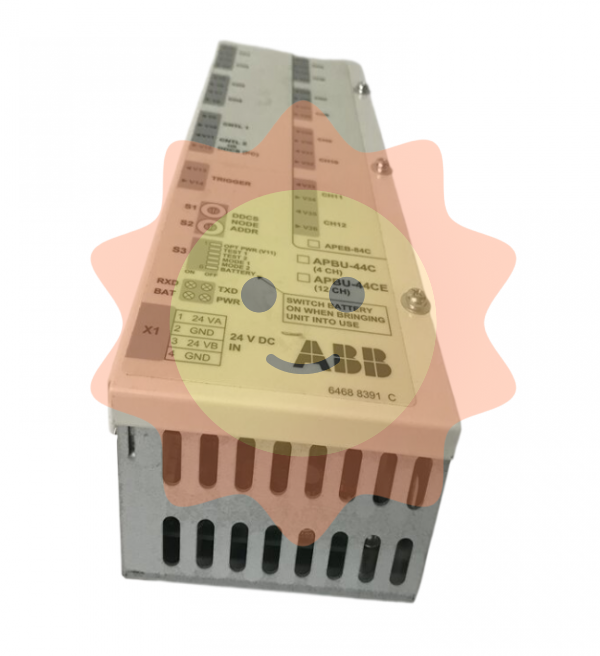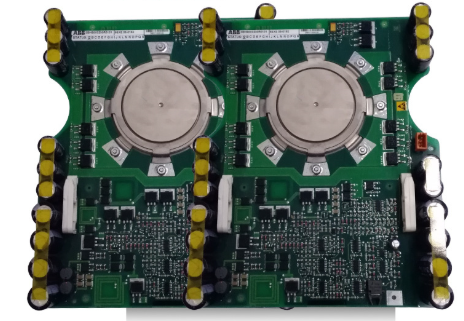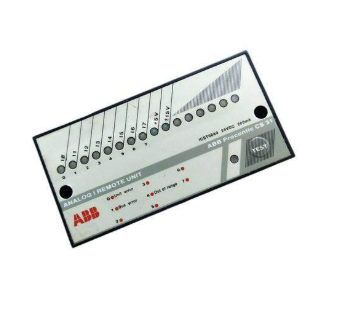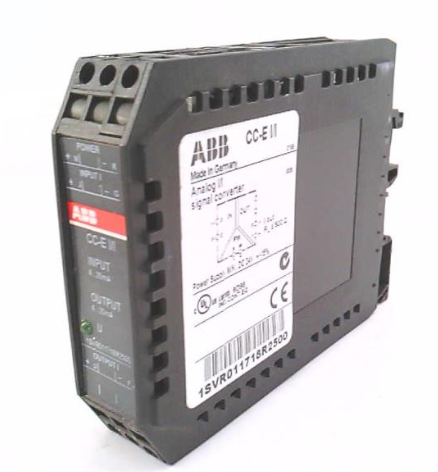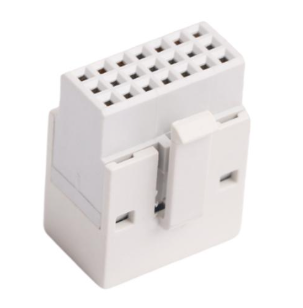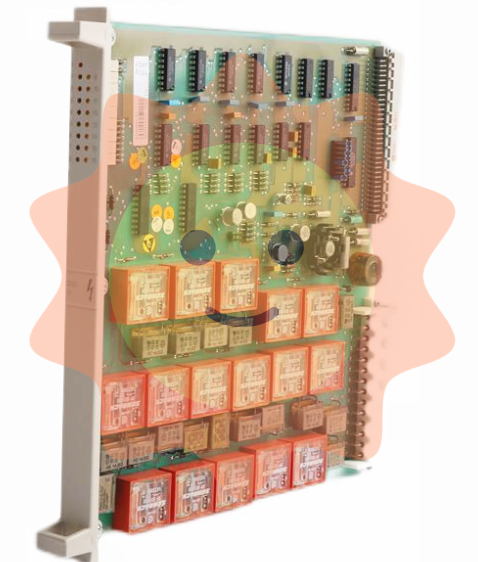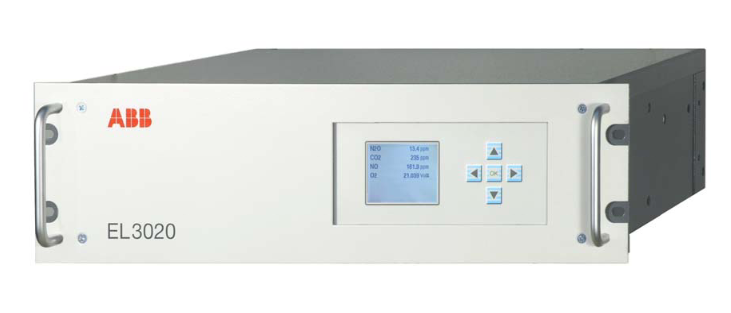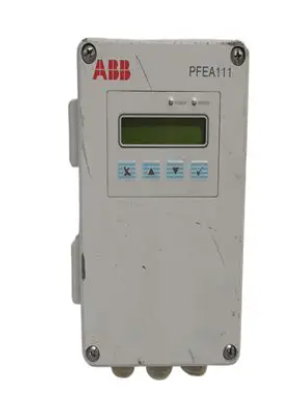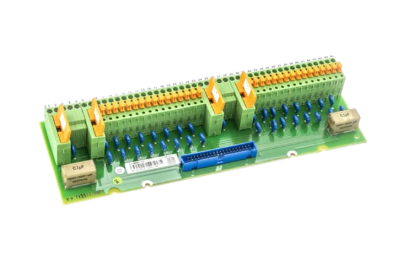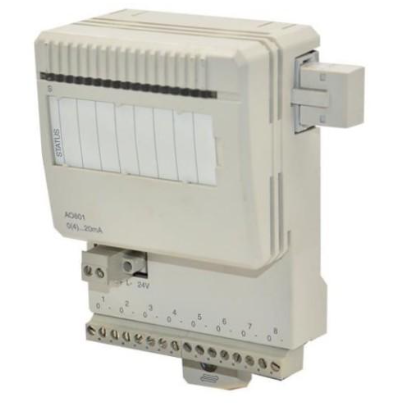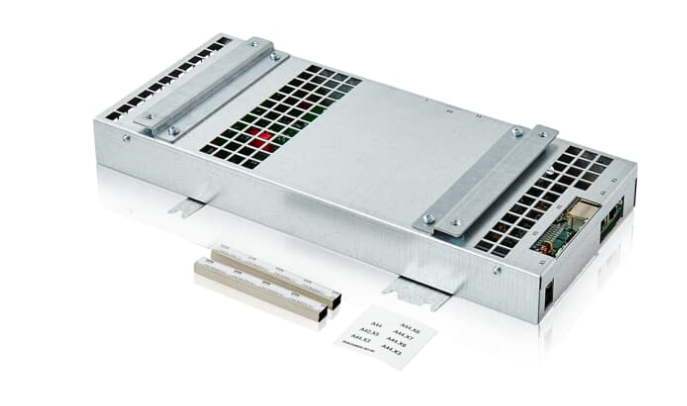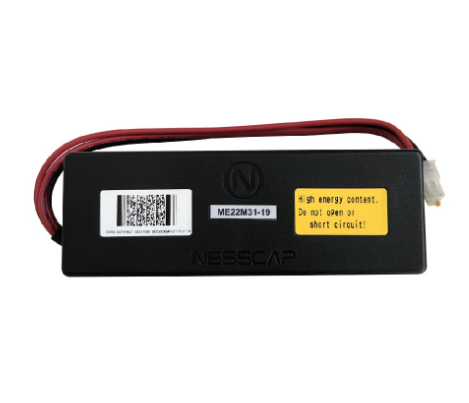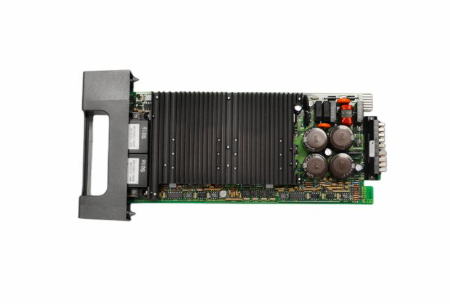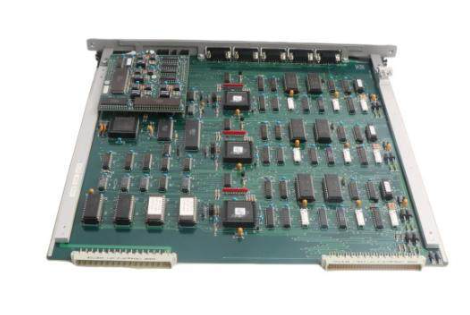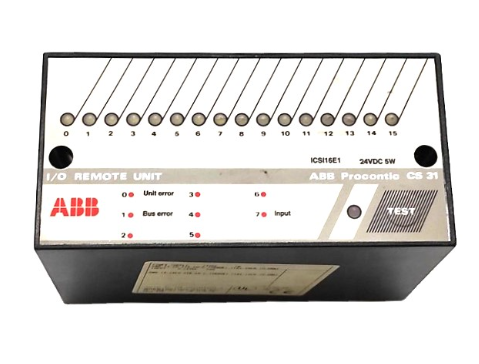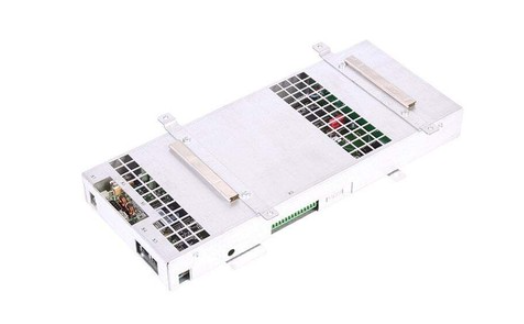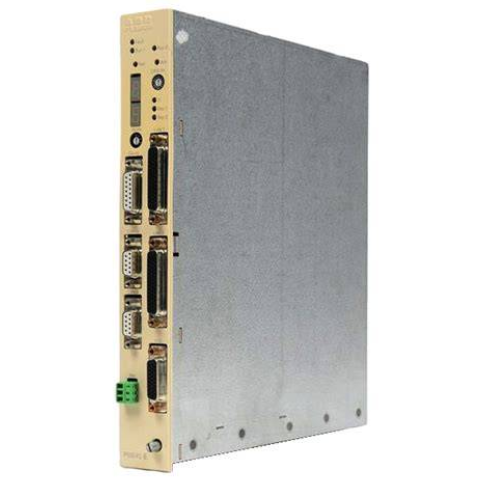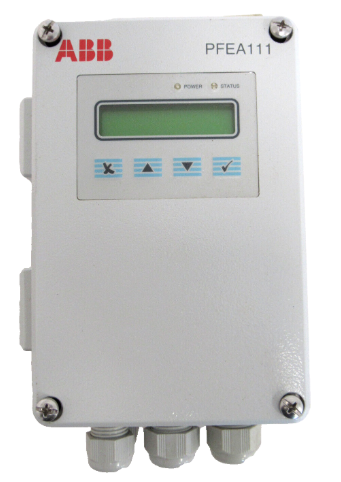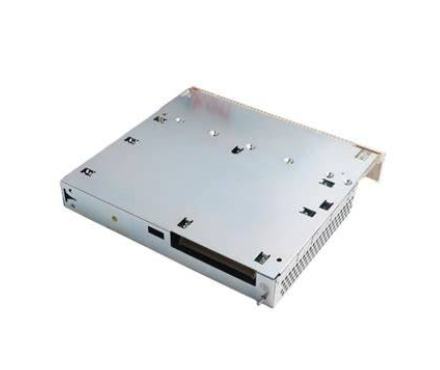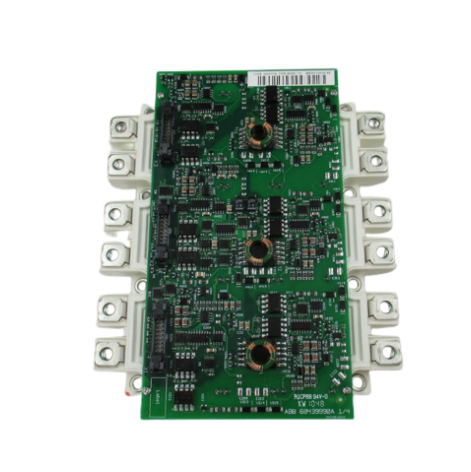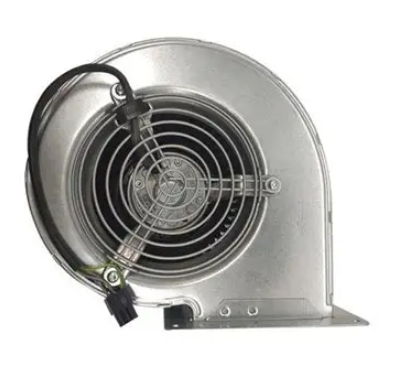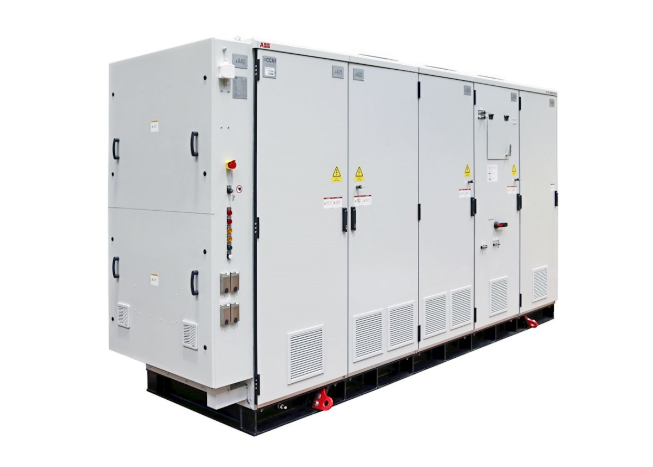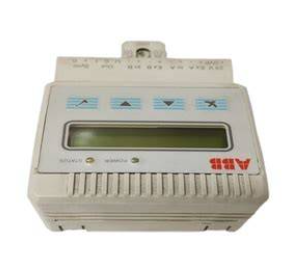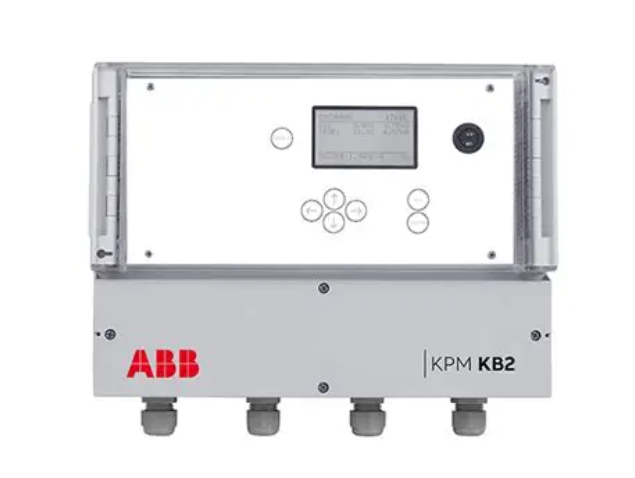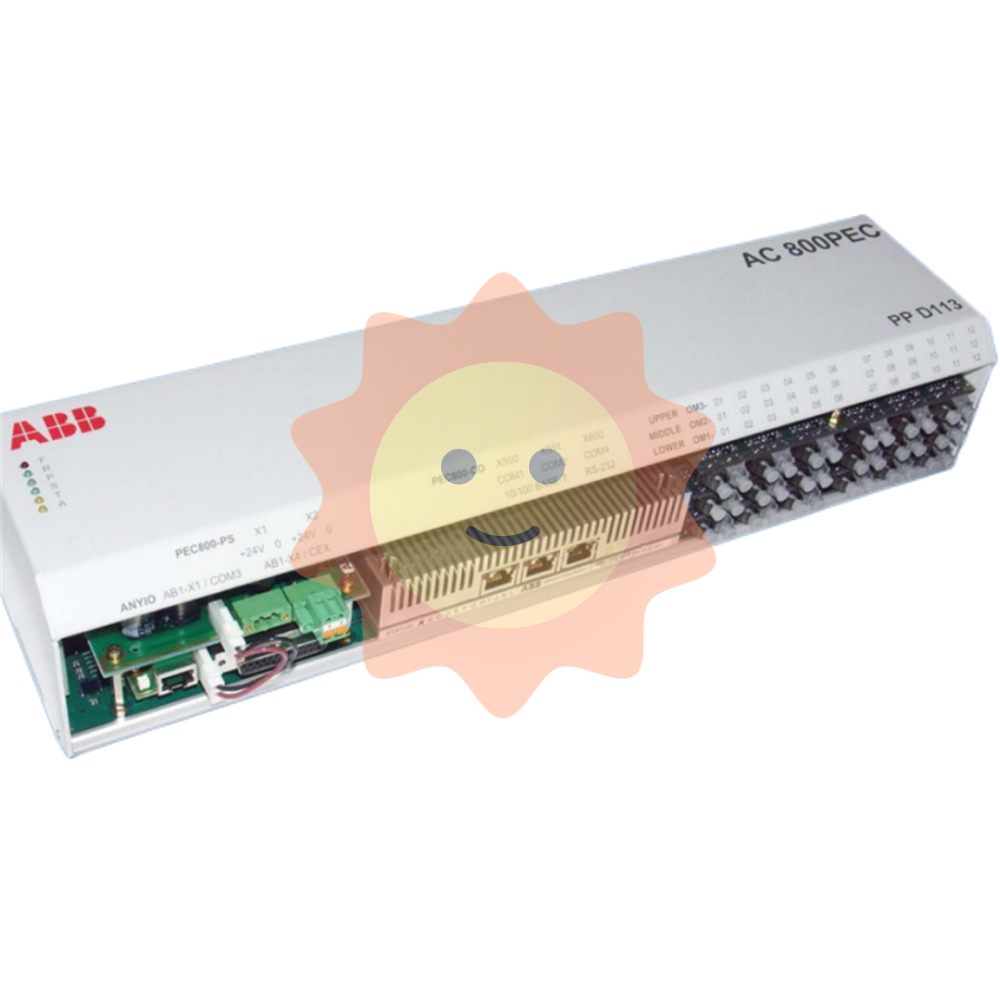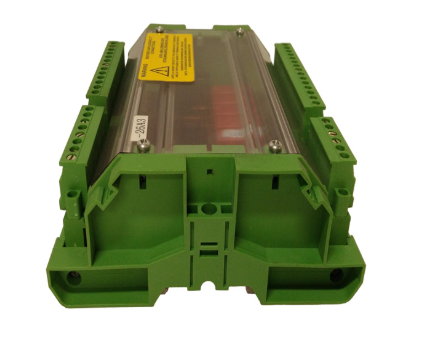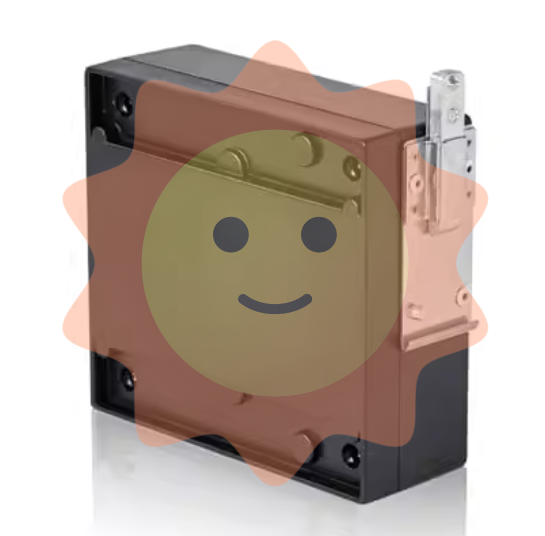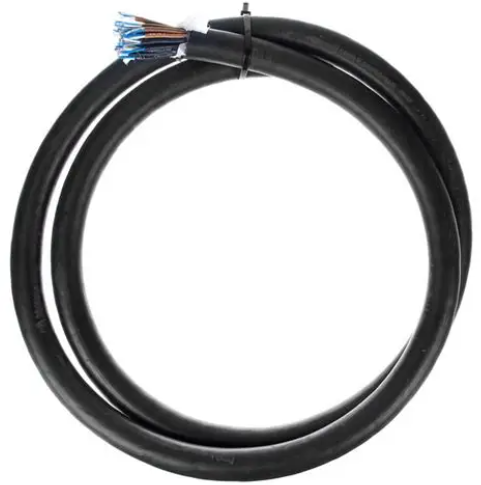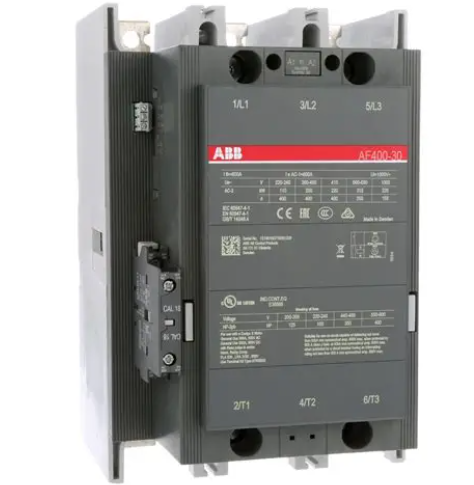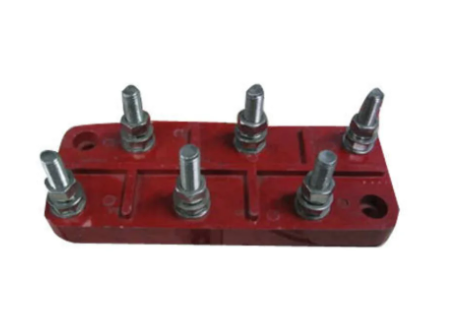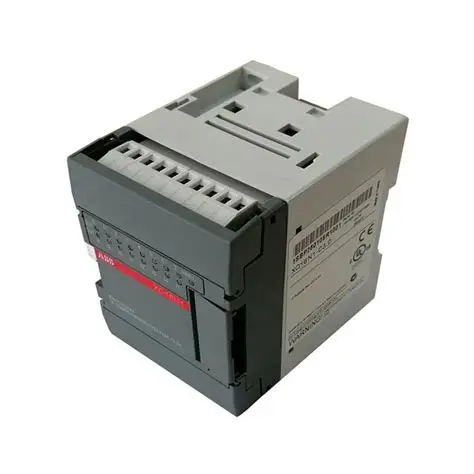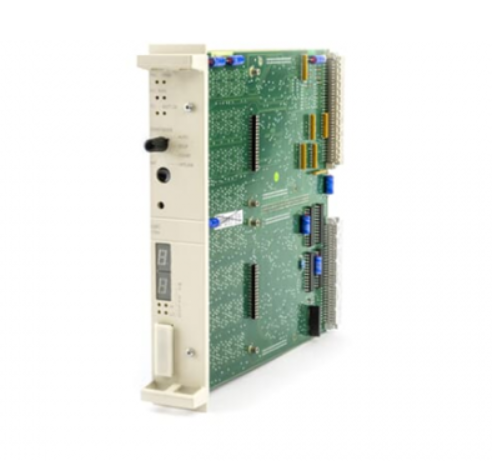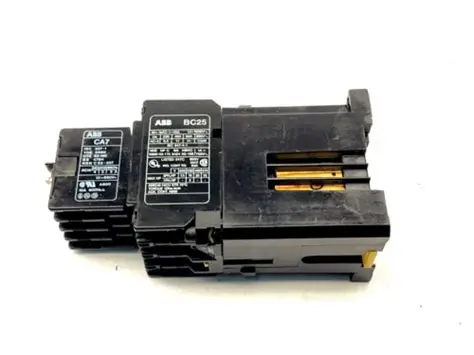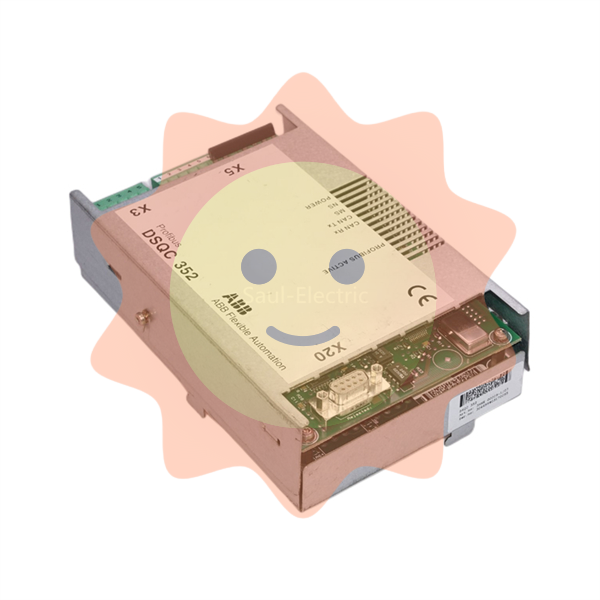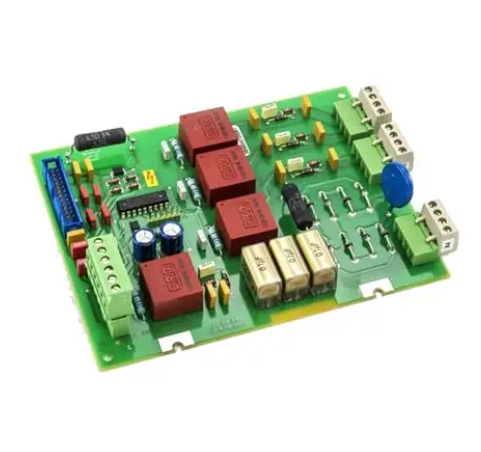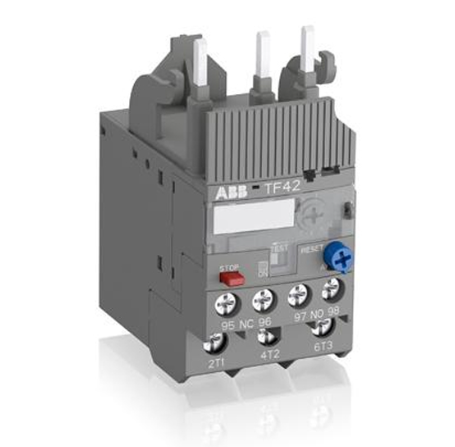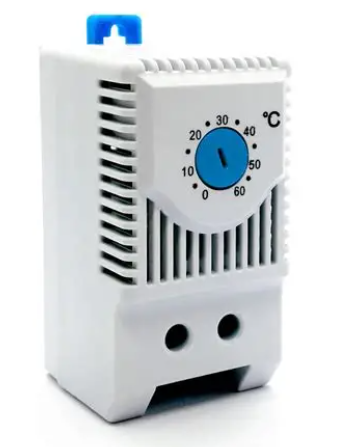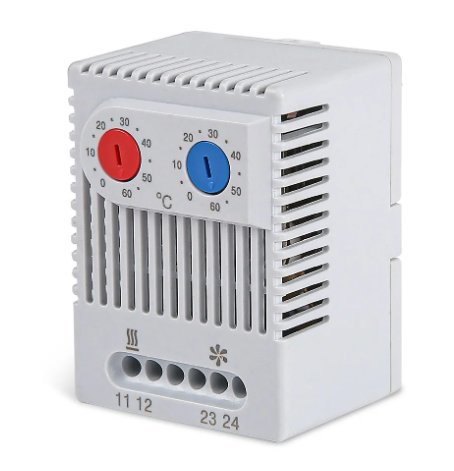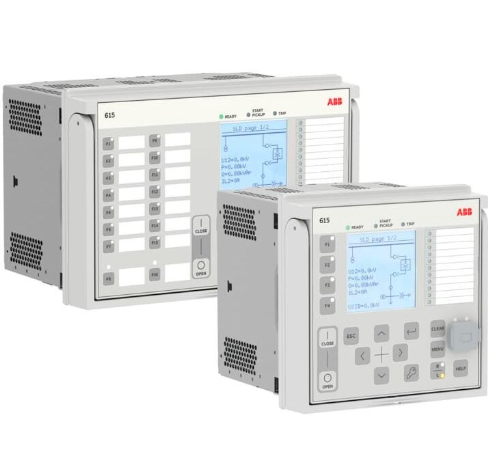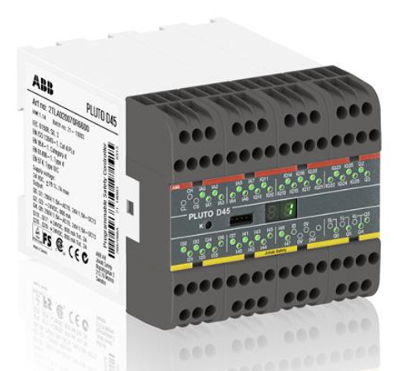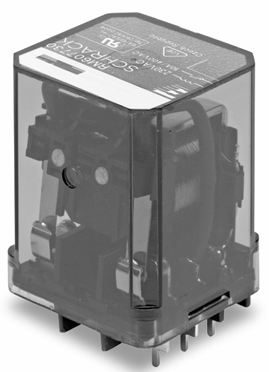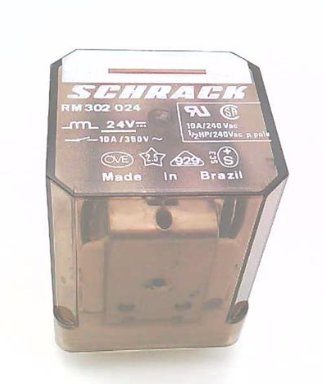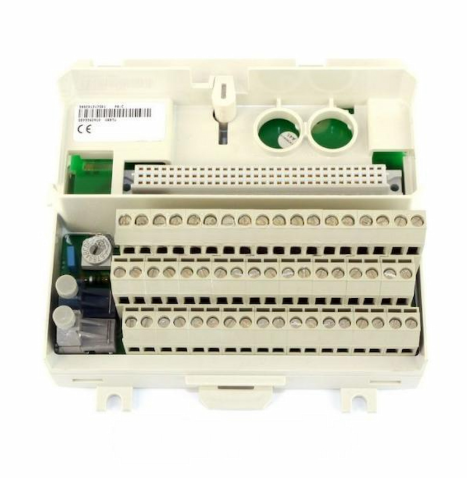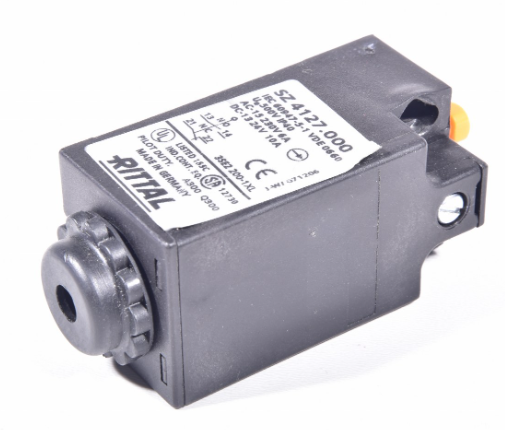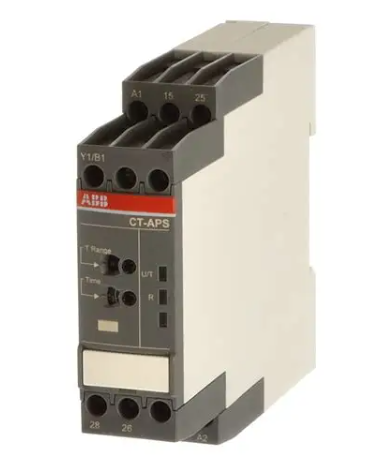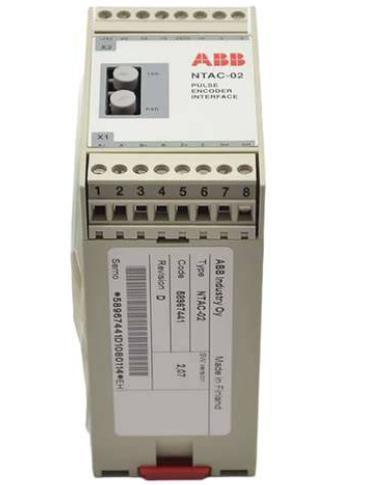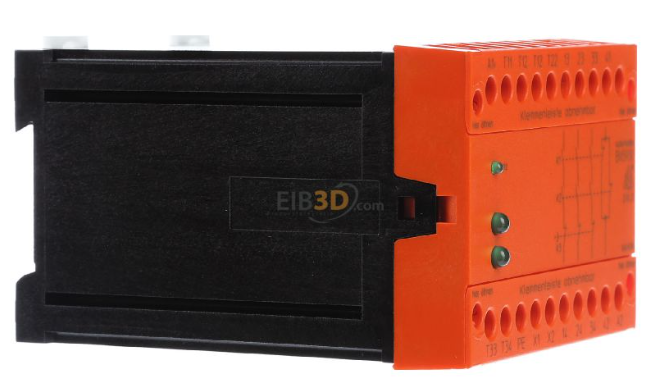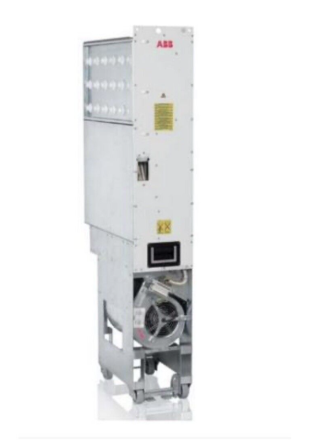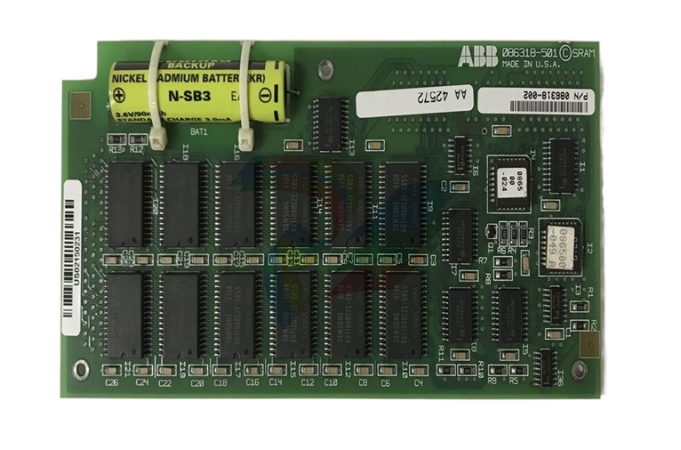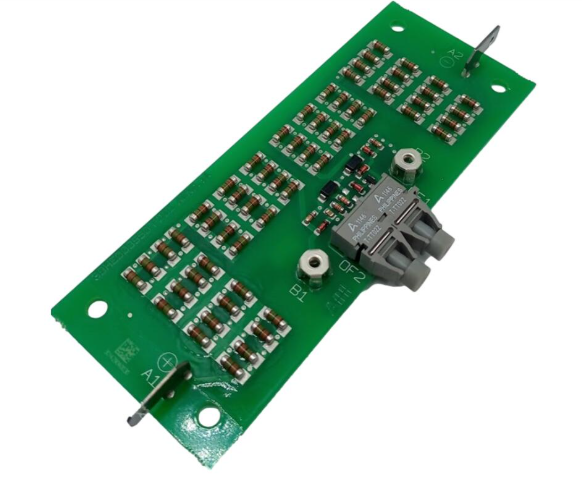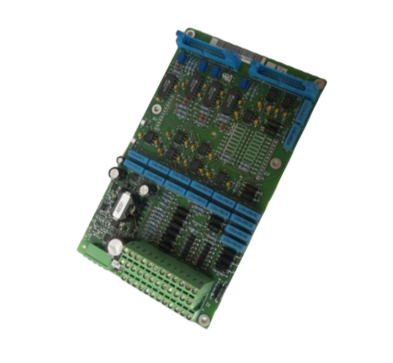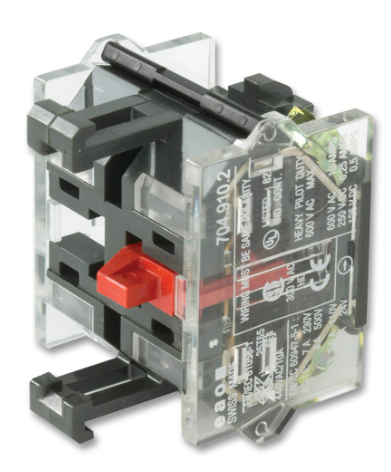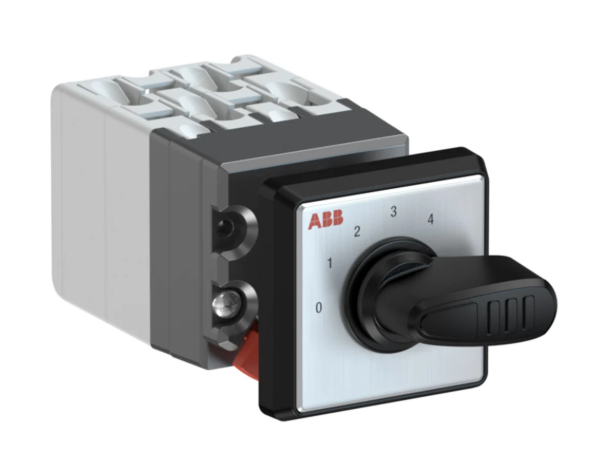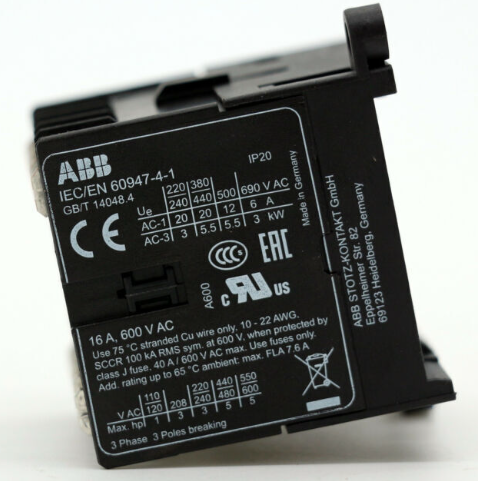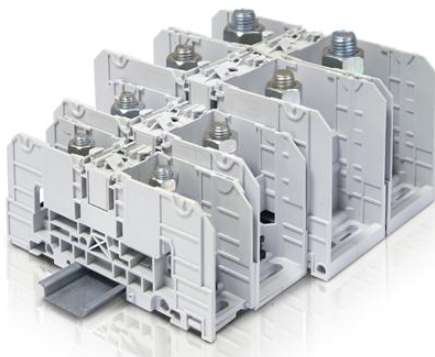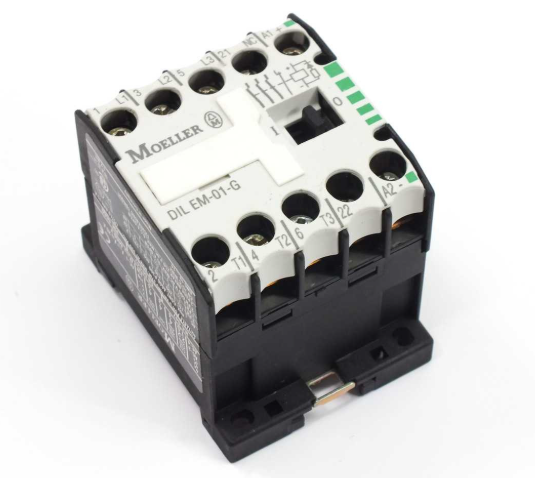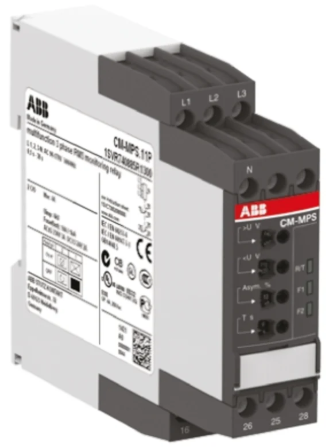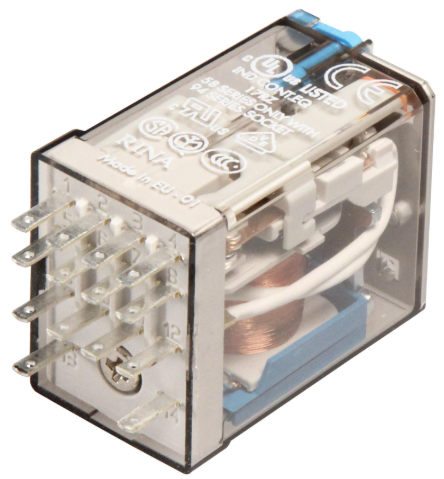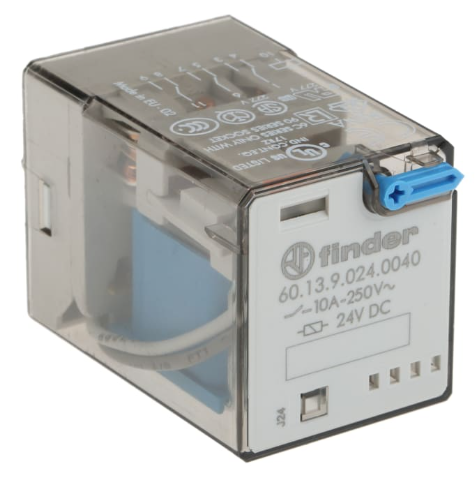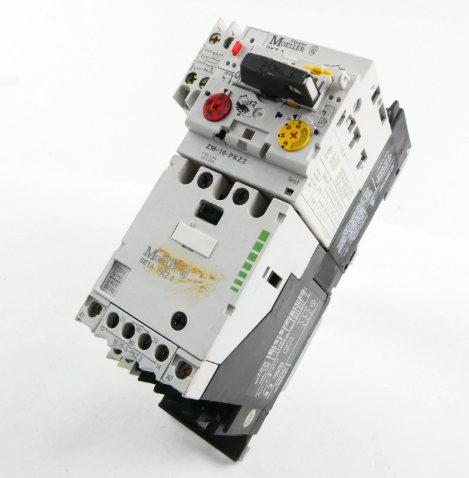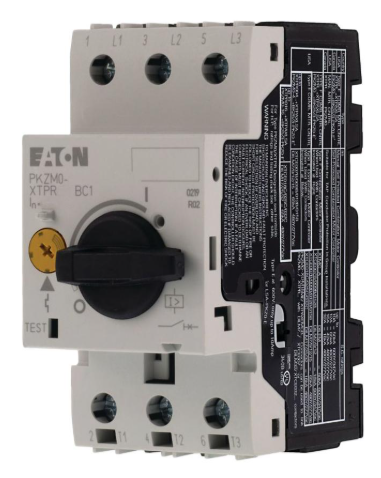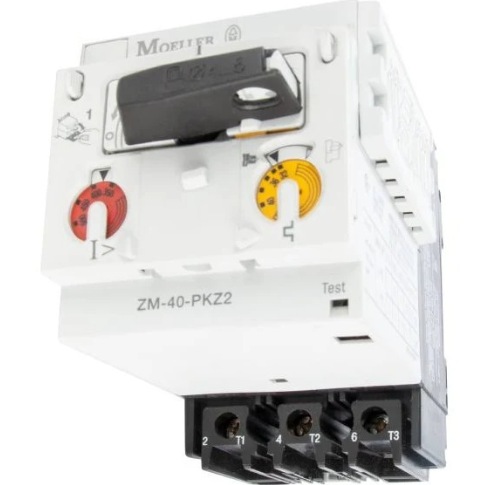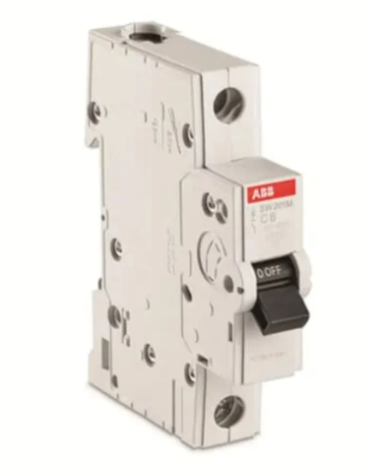Process and type of coking wastewater treatment

3 Oxidation ditch technology
With the development of oxidation ditch technology, a series of sewage treatment processes combining nitrogen removal technology and oxidation ditch technology have appeared. According to the operation mode, the oxidation ditch can be divided into continuous working type, alternating working type and semi-alternating working type. Continuous working oxidation ditch, such as Parswell oxidation ditch, Carrousel oxidation ditch. Aubel oxidation ditch is widely used in our country, and these oxidation channels can achieve better nitrogen removal effect by setting appropriate hypoxic and aerobic sections.
(3) : chemical treatment method
1 Catalytic wet oxidation technology
Under the condition of high temperature and high pressure, under the action of catalyst, the organic matter dissolved in water or suspended in water is oxidized with oxygen in the air, and finally converted into harmless substances N2 and CO2. Research on this technology began in the 1970s and was developed on the basis of Zim-merman's wet oxidation technique. The wet catalytic oxidation method has the advantages of wide application range, fast oxidation rate, high treatment efficiency, low secondary pollution, recoverable energy and useful materials. However, because the catalyst is expensive, and operates under high temperature and pressure conditions, the process equipment is strictly required, and the method is rarely used for sewage treatment in China.
2 Ozone oxidation method
Ozone is a strong oxidizing agent, which can react quickly with most organic matter and microorganisms in sewage, and can also play the role of decolorization, deodorization and sterilization. This method will not cause secondary pollution, operation and management is simple and convenient. However, this method also has the disadvantages of high investment, high power consumption and high processing cost. At the same time, if not properly operated, ozone will cause harm to the surrounding organisms. Therefore, the current ozone oxidation method is also mainly used in the advanced treatment of sewage. Ozonation has been applied in the United States to treat coking wastewater.

2 Photocatalytic oxidation method
Photocatalytic oxidation is a reaction between electrons and voids caused by light energy, resulting in electrons (hole pairs) with strong reactivity, and these electrons (hole pairs) migrate to the surface of the particles, which can participate in and accelerate the REDOX reaction. The photocatalytic oxidation method has a high removal rate of phenols and other organic substances in water. Under the optimal photocatalytic condition, the effluent COD value can be reduced from 472mg/L to 100mg/L when the effluent flow is controlled to 3600mL/h, and no PAHs can be detected.
- EMERSON
- Honeywell
- CTI
- Rolls-Royce
- General Electric
- Woodward
- Yaskawa
- xYCOM
- Motorola
- Siemens
- Rockwell
- ABB
- B&R
- HIMA
- Construction site
- electricity
- Automobile market
- PLC
- DCS
- Motor drivers
- VSD
- Implications
- cement
- CO2
- CEM
- methane
- Artificial intelligence
- Titanic
- Solar energy
- Hydrogen fuel cell
- Hydrogen and fuel cells
- Hydrogen and oxygen fuel cells
- tyre
- Chemical fiber
- dynamo
- corpuscle
- Pulp and paper
- printing
- fossil
- FANUC
- Food and beverage
- Life science
- Sewage treatment
- Personal care
- electricity
- boats
- infrastructure
- Automobile industry
- metallurgy
- Nuclear power generation
- Geothermal power generation
- Water and wastewater
- Infrastructure construction
- Mine hazard
- steel
- papermaking
- Natural gas industry
- Infrastructure construction
- Power and energy
- Rubber and plastic
- Renewable energy
- pharmacy
- mining
- Plastic industry
- Schneider
- Kongsberg
- NI
- Wind energy
- International petroleum
- International new energy network
- gas
- WATLOW
- ProSoft
- SEW
- wind
- ADVANCED
- Reliance
- YOKOGAWA
- TRICONEX
- FOXBORO
- METSO
- MAN
- Advantest
- ADVANCED
- ALSTOM
- Control Wave
- AB
- AMAT
- STUDER
- KONGSBERG
- MOTOROLA
- DANAHER MOTION
- Bently
- Galil
- EATON
- MOLEX
- Triconex
- DEIF
- B&W
- ZYGO
- Aerotech
- DANFOSS
- KOLLMORGEN
- Beijer
- Endress+Hauser
- MOOG
- KB
- Moxa
- Rexroth
- YAMAHA
- Johnson
- Westinghouse
- WAGO


Email:wang@kongjiangauto.com


